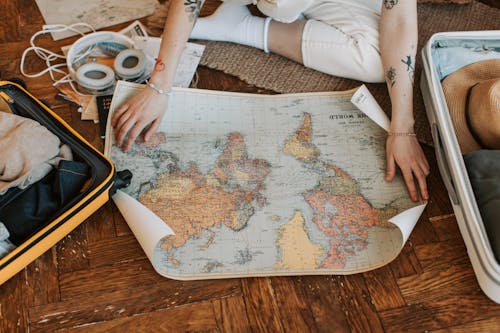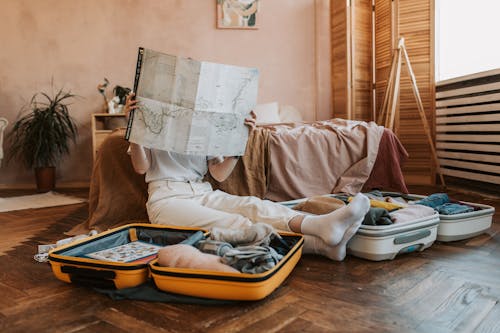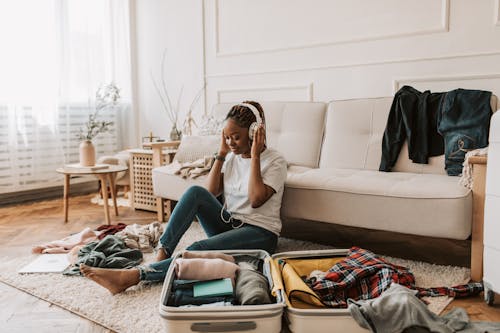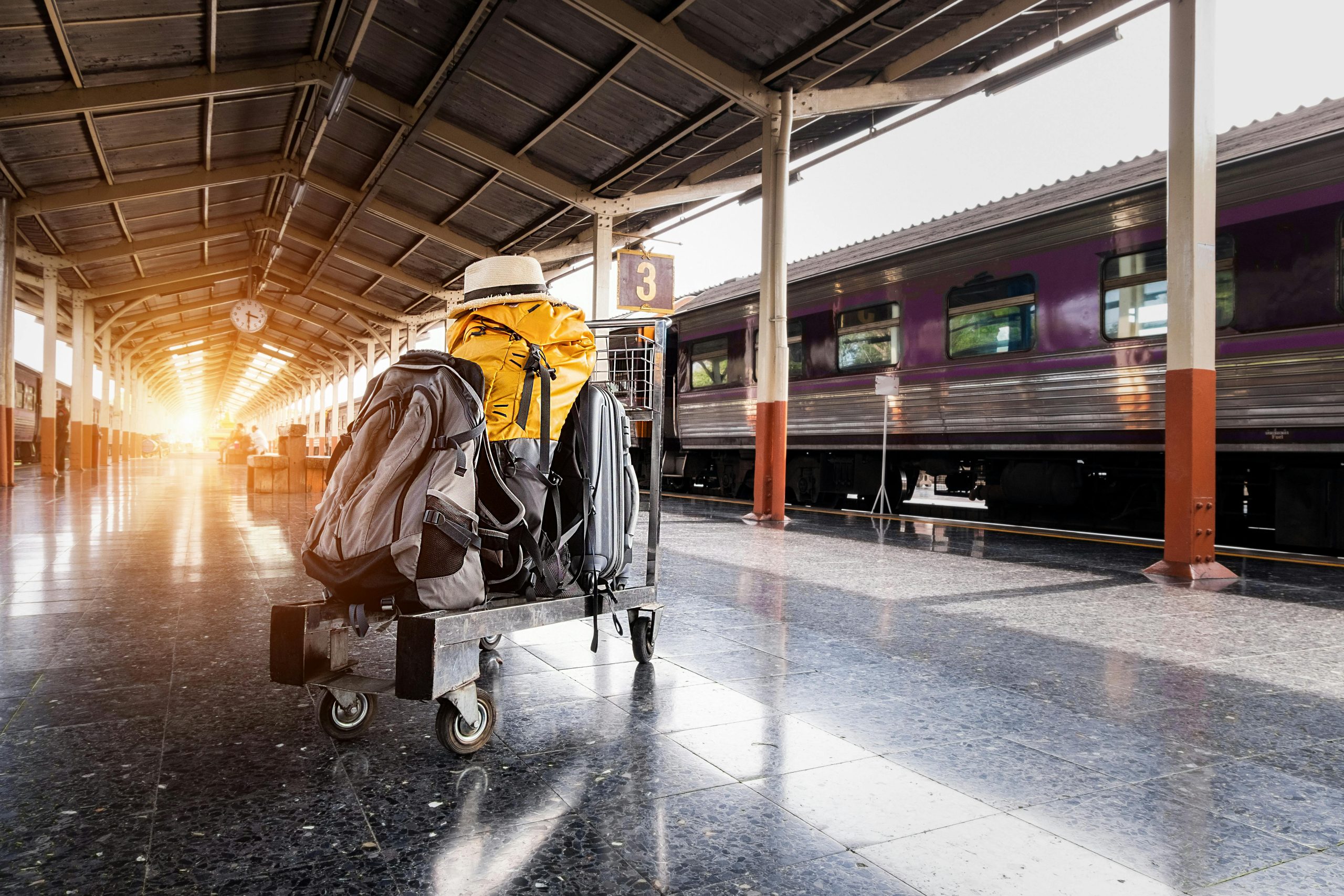Whether you’re preparing for a weekend city break, a month-long backpacking trip, or a cross-continental business journey, packing well can make all the difference. The contents of your suitcase can determine how smoothly your travels go—and how much stress you’ll experience before and during the trip. Efficient packing is a skill that combines practicality, foresight, and just a touch of restraint.
No matter your travel style, packing smartly helps you save space, stay organized, and avoid unnecessary headaches. From minimalist backpackers to overpackers who struggle to zip their luggage shut, everyone can benefit from a few tried-and-true packing strategies.
Know Your Trip, Know Your Bag
Packing starts with understanding the nature of your trip and the kind of luggage that suits it best. A weekend getaway calls for something very different than a six-week tour of Southeast Asia.

- Weekend travelers may prefer a compact duffel or carry-on roller bag.
- Backpackers usually need a sturdy travel backpack with multiple compartments.
- Business travelers should consider a sleek carry-on with a dedicated laptop section and enough room for wrinkle-free clothes.
- Family travelers often benefit from checked luggage with organizational pouches or packing cubes to separate items for each family member.
The key is choosing a bag that fits the purpose without being oversized. Bigger bags tend to invite overpacking, which can lead to extra fees or unnecessary weight.
Start with a List, Then Edit It
Before placing anything in your bag, make a checklist. This simple step prevents overpacking and ensures that essentials aren’t forgotten. Think in categories: clothing, toiletries, electronics, travel documents, and miscellaneous items like chargers or sunglasses.
Once your list is complete, go back and cut it down. Do you really need three pairs of shoes for a four-day trip? Are six books necessary when a Kindle will do? Editing your list forces you to prioritize and helps prevent carrying more than you need.
Pack Versatile Clothing
When it comes to clothes, less is more—but only if you choose items wisely. Aim for pieces that are comfortable, wrinkle-resistant, and can be mixed and matched. A pair of neutral pants or jeans, three interchangeable tops, a lightweight jacket, and a pair of comfortable shoes will go a long way.

Layers are your best friend, especially if you’re traveling through multiple climates. Instead of bulky sweaters, opt for thin layers that you can combine as needed. A compact rain jacket or foldable windbreaker can save space and be a lifesaver during unpredictable weather.
Shoes often take up the most room, so keep them to a minimum. One casual pair for walking, one nicer pair for dining or business, and sandals or flip-flops (if needed) should be plenty.
Use Packing Cubes and Compression Bags
Packing cubes are a game-changer for organization. They keep clothes separated by type—shirts in one cube, underwear in another—and make it easy to find items without tearing apart your whole bag. Plus, they help maximize space by condensing soft items and preventing shifting.
Compression bags are ideal for bulkier items like jackets or sweaters. You roll out the air to flatten the contents, reducing volume and freeing up room for other essentials. Just be cautious—compression may tempt you to overpack by creating the illusion of more space.
Roll or Fold? It Depends
The debate between rolling and folding clothes depends on your needs. Rolling saves space and works well for casual clothing, while folding keeps dress shirts and formal items looking crisp. Many seasoned travelers use a hybrid approach: roll softer, wrinkle-resistant items and fold pieces that need to maintain a sharp crease.
Also, stuff socks and underwear inside shoes or hat brims to make use of every inch. The goal is to create a puzzle-like structure where no space is wasted and everything has its place.
Toiletries: Keep It Light and Compliant
Toiletries often get overlooked until the last minute, resulting in forgotten items or oversized bottles that don’t meet airline regulations. Stick to travel-sized containers for shampoos, lotions, and toothpaste. Better yet, invest in reusable silicone bottles and decant your favorite products at home.
Keep your liquids in a clear, resealable bag for easy access during airport security. If you’re checking a bag, still pack your essentials—like a toothbrush, face wipes, and deodorant—in your carry-on just in case of delays or lost luggage.

Prepare for the Unexpected
Even the best-laid travel plans can be interrupted by delays, weather, or emergencies. Include a few backup items that can make a big difference when things don’t go as expected:
- A compact travel umbrella or poncho
- A basic first-aid kit with band-aids, painkillers, and any medications
- A power bank to keep your phone charged
- A photocopy or digital scan of important documents (passport, insurance, ID)
- A universal adapter for international trips
These additions may take up minimal space, but they can save you a lot of trouble down the line.
Tailor Your Packing to the Trip Type
While many principles are universal, certain types of travel demand specific packing strategies.
- Adventure travel: Include moisture-wicking clothes, a flashlight, quick-dry towel, and a sturdy pair of hiking shoes. Don’t forget sunscreen and insect repellent.
- Beach trips: Prioritize swimwear, sandals, and sun protection. Bring a lightweight beach bag and a dry bag for electronics.
- Urban breaks: Focus on stylish but comfortable clothes for walking, a city map (or offline map app), and a secure cross-body bag for valuables.
- Cold-weather travel: Layering is key. Include thermal base layers, gloves, a warm hat, and outerwear that’s both warm and waterproof.
- Business travel: Keep formalwear wrinkle-free with garment bags or special folding techniques. Include your laptop, documents, chargers, and professional accessories.
Repacking for the Return
On your return journey, dirty clothes take up more space—especially if they’re bulkier after wearing. Bring a lightweight laundry bag or large resealable plastic bag to separate worn items. If you’ve bought souvenirs or extra items, you’ll be grateful for any expandable compartments in your bag—or you can pack a foldable tote in advance for overflow.
Also, take a few minutes to reorganize before heading to the airport. Keeping your essentials accessible—passport, tickets, headphones, and a snack—makes check-in and boarding much smoother.
Final Thoughts
Packing like a pro isn’t about having the most gear—it’s about having the right gear. It’s about knowing what to leave behind as much as what to bring. Each trip will teach you something new about your habits and preferences. Over time, you’ll refine your packing style, learn from small mistakes, and eventually develop a rhythm that works perfectly for you.
The art of packing is, at its core, a reflection of how well you understand your own needs as a traveler. With the right strategy, you’ll not only lighten your load but travel with more confidence, flexibility, and peace of mind.





